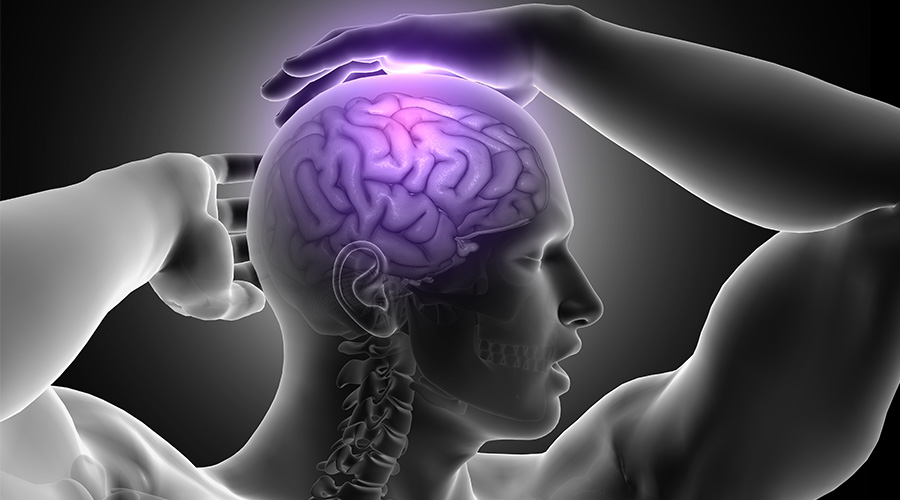
For a doctor, the first step in making a diagnosis is to interview the patient. It is possible to obtain information about the current disease and important data related to it. However, it is not always possible to define what affects the patient only with clinical data, that is, in the office.
To complement and gain the speed of diagnosis, the doctor can make use of images and laboratory tests. In this article, we will explain what medical images are, what are their uses and advantages.
What are medical images?
Imaging tests are an essential element for the early diagnosis of countless pathologies and the realization of a quick and efficient medical opinion. Their integration into medical practice is an incontrovertible reality since they intervene both in preventive medicine and in the monitoring of treatment.
Diagnostic imaging is a complementary test in the opinion of specialist doctors, which allows determining specific pathologies and their scope. These diagnostic tests should always be indicated by a specialist or family doctor. The physician must make a specific request indicating the specific area, and a clinical orientation that helps the radiologist to correctly explore the area while making the report.
X-rays were the first diagnostic imaging test used, but despite of the great utility, they have some limitations while seeing bone structures. Scientific and technological advances have allowed the incorporation of new diagnostic imaging at the service of medicine.
How do medical images help with the speed of diagnosis?
In health, an accurate diagnosis is essential. It is often possible to define the disease only in the office or through laboratory tests, such as blood tests. However, there are cases in which the symptoms are not specific, which leads to the exclusion of possible pathologies to find the correct diagnosis. In this context, medical images make all the difference. The advancement of technology is linked to an improvement in the reliability of the results. This is because the images are rich in information and details, which speeds up the process of finding a diagnosis. Speed is essential in emergencies.
For example, in a typical pneumonia, the patient is tired and with pain in the muscles, very nonspecific symptoms that would not indicate this disease as the first diagnostic option. Thus, the diagnosis would take time to be found, which can be dangerous for the patient. A chest X-ray would solve the problem quickly. After all, this technology provides an excellent picture of the health of the lungs.
Why it is important to keep medical images in the cloud
Time optimization – The file is received instantly, as soon as it is sent from some equipment or computer. The patient’s data and images are available on the web, protected so that only professionals can view them. That way, doctors and healthcare professionals can quickly access them from any location and at any time.
Cost reduction – Cloud sharing allows professionals to use tablets, computers, and even smart phones to analyze exams. Thus, it is possible to reduce the high costs of printing the images. Another positive point is the promotion of sustainability.
Organization – To store several printed images, a large physical structure is required. In addition to this, the huge number of tests allows the mixing of patient results. Thus, a cloud system allows you to store the results of all patients in one place. In this way, there is an improvement in the organization, in addition to saving physical space and gaining agility in the diagnosis.
Ease of sharing- An electronic file, unlike the image, reproduced on paper, can be accessed simultaneously by several teams. The shared-use allows the analysis of the images to be made by different doctors, quickly, which increases the accuracy of the diagnosis. After all, a second medical opinion is always important.
